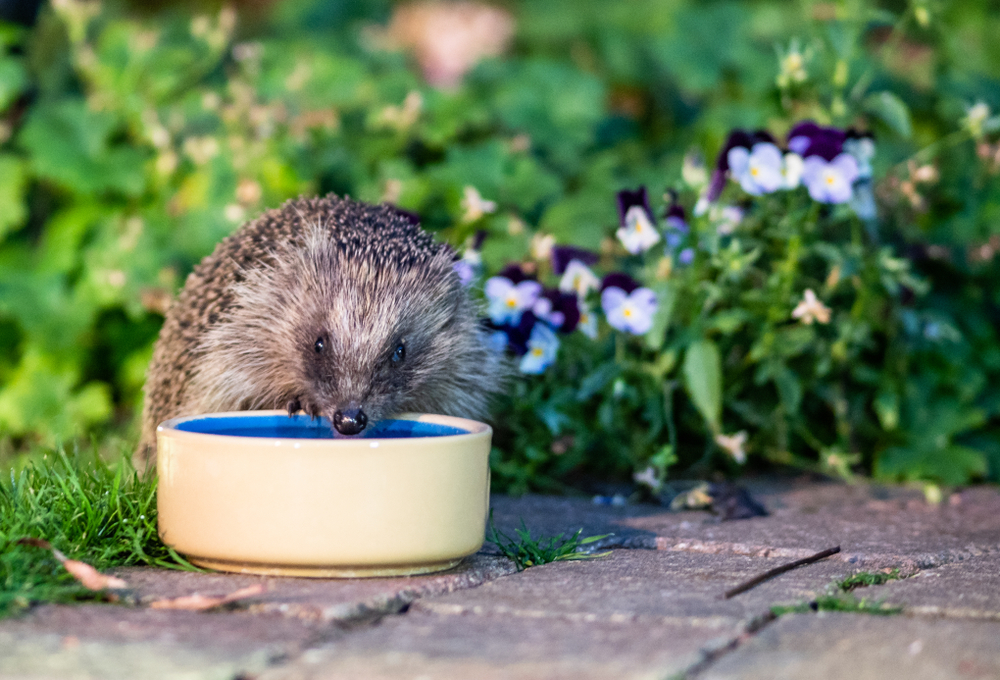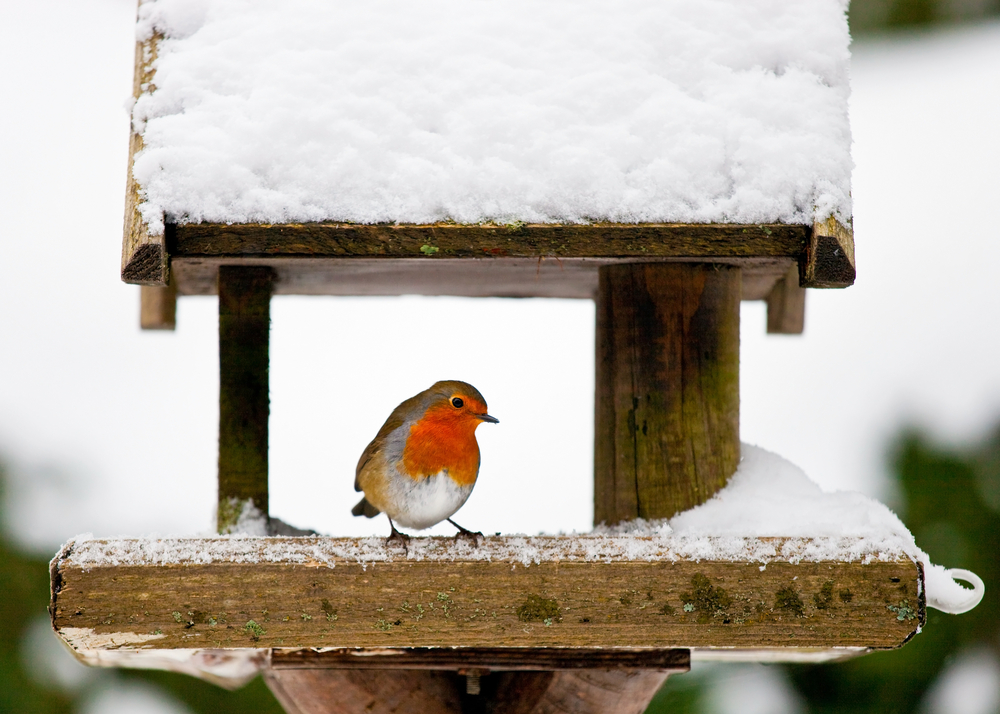Extreme weather events like heatwaves, heavy snow, and droughts stress local wildlife, making it difficult for them to find food, water, and shelter. During these challenging times, a few simple actions can make a big difference in helping wildlife cope. Knowing how to assist animals during extreme weather allows you to be a part of their survival story while building a deeper connection with nature.

Providing fresh water is essential during both extreme heat and freezing conditions. In summer, set out shallow water dishes with pebbles for safe access, allowing small animals and pollinators to hydrate. Check water sources regularly in winter to prevent freezing or add a small heater if possible. During snowy weather, clearing small patches of ground can give animals access to grass and other natural food sources that would otherwise be covered.
Shelter is also vital. Place extra birdhouses or leave some brush piles in your yard to offer refuge during harsh conditions. For small mammals and insects, a simple log pile or stone arrangement can provide a safe spot to hunker down. Avoid using pesticides or chemicals, which can be especially harmful when animals are already stressed. Small acts of care go a long way in supporting wildlife, particularly when their natural resources are under strain.
Offering food sparingly can provide critical support during extreme weather, especially when natural food sources are scarce. In winter, high-energy foods like seeds and nuts help birds and small mammals maintain their body heat. Avoid foods that can spoil quickly, and replenish feeders as needed to ensure a steady source of nourishment. In times of drought, fruit pieces with high water content, like melon or cucumber, can provide hydration and sustenance for animals struggling to find water.

Be mindful of your outdoor lighting as well. During extreme weather, many animals are already vulnerable, and artificial lights can disrupt their natural behaviors, making it harder for them to find food or shelter. Minimizing light pollution around your home by using motion-activated or dim lights allows nocturnal wildlife to move freely. This small adjustment can create a more restful environment for animals facing additional environmental challenges.
Finally, if you have a garden, avoid heavy pruning during these periods, as dense vegetation provides crucial cover and food sources. Letting fallen leaves, branches, and plant debris accumulate during cold spells creates insulated spaces where insects and small mammals can find shelter. These natural refuges support biodiversity in your garden and offer much-needed protection, helping wildlife endure challenging weather and fostering a more resilient local ecosystem.
